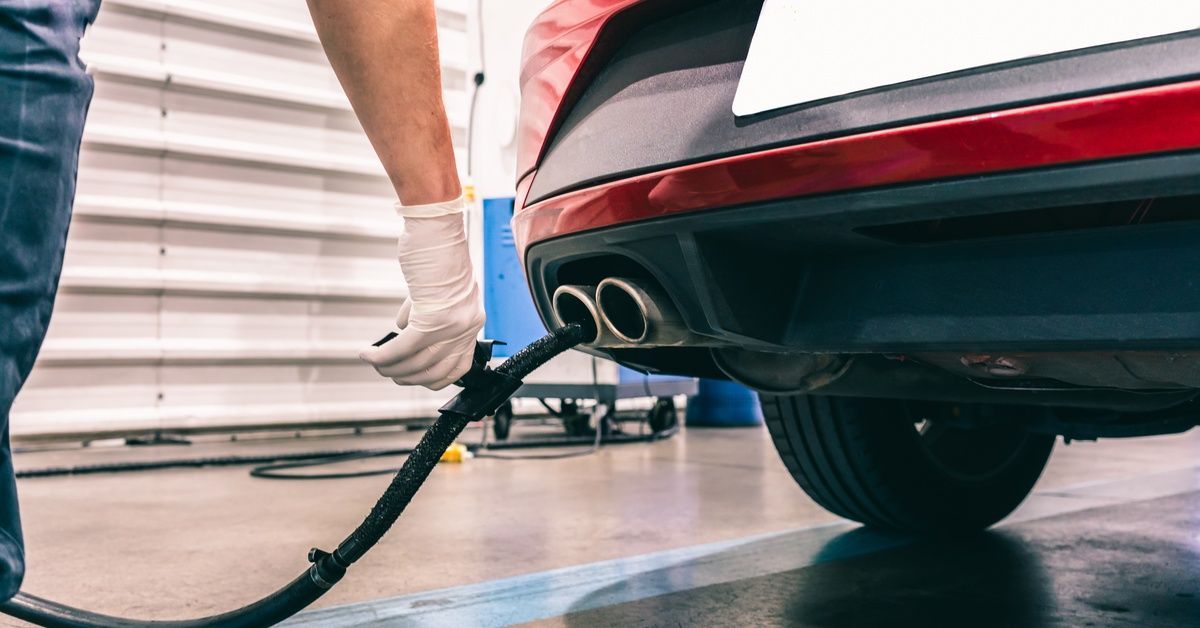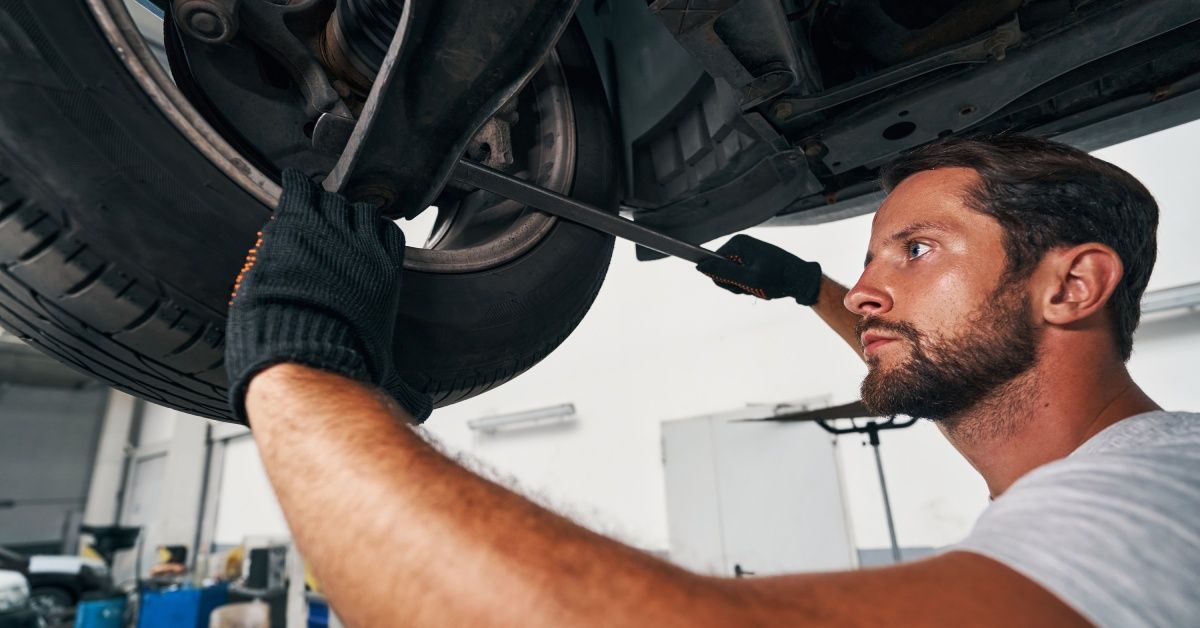Understanding Drivetrain Components and Their Service Needs
The drivetrain is an essential component of any vehicle, responsible for transferring the power generated by the engine to the wheels, allowing the driver to move the vehicle efficiently. Whether you’re a seasoned car enthusiast or a daily commuter, understanding drivetrain components and their service needs is crucial to maintaining your vehicle’s performance and longevity. When you take time to learn about the drivetrain and its service needs, you not only save on potentially expensive repairs but also ensure a smoother and safer driving experience.
What Is a Drivetrain?
The drivetrain encompasses a group of interconnected components that work together to transmit power from the engine to the wheels. It does not include the engine or the wheels themselves but focuses on how power travels between these two critical points. These components are integral in dictating a vehicle’s performance, responsiveness, and fuel efficiency.
Different vehicles come with varying drivetrain layouts, such as all-wheel drive, front-wheel drive, rear-wheel drive, and four-wheel drive. Each layout has its own strengths and weaknesses in specific driving conditions.

Key Components of the Drivetrain
To understand drivetrain service needs, it’s imperative to familiarize yourself with its main components. Below is an overview of the critical parts that make up the drivetrain system.
Transmission
The transmission is responsible for controlling the amount of power sent from the engine to the rest of the drivetrain. It evaluates and adjusts this power based on the vehicle’s speed and load. Transmissions come in two main types: manual and automatic. Manual transmissions allow the driver to manually shift gears using a clutch pedal, while automatic transmissions handle the gear changes independently.
Proper transmission maintenance is crucial. Tasks such as checking the transmission fluid regularly, replacing it as recommended, and addressing leaks promptly go a long way in preserving this component’s longevity.
Driveshaft
The driveshaft is a cylindrical shaft that connects the transmission to the differential in rear-wheel and all-wheel-drive vehicles. It rotates at very high speeds, transmitting torque to the wheels. Due to the high levels of stress it endures, the driveshaft requires regular inspection for wear, especially at the universal joints (U-joints) that allow it to flex as the suspension moves.
If you notice any unusual vibrations while driving, this could be a sign of a driveshaft issue that needs immediate attention.
Differential
The differential plays a vital role in allowing the wheels to spin at different speeds, particularly when a car is turning. When a vehicle takes a corner, the outer wheels must cover a greater distance than the inner wheels. The differential ensures that each wheel receives the appropriate amount of power for smooth handling and maneuverability.
Routine servicing of the differential, including checking and replacing the gear oil, is essential to prevent overheating and gear damage.
Axles
Axles are the shafts that connect the wheels to the drivetrain, allowing them to turn. They bear the entire weight of the vehicle, along with its cargo and passengers, while also enduring the rotational force created by the drivetrain. Modern vehicles typically have constant velocity (CV) axles fitted with CV joints that allow flexibility in motion.
One common issue is wear on the CV boots, which serve as protective coverings for the CV joints. If these boots crack or tear, debris can enter and cause premature joint failure.
Clutch
The clutch is a critical component in manual transmission vehicles, enabling the driver to engage or disengage the engine’s power from the drivetrain temporarily. It allows smooth gear transitions and prevents abrupt power surges from damaging the drivetrain.
Clutch maintenance involves monitoring for signs of wear, such as slipping, difficulty shifting, or a burning smell. Prompt replacement of worn clutch components can prevent downstream damage to other drivetrain parts.
Signs Your Drivetrain Needs Servicing
Recognizing the warning signs of drivetrain issues can help you avoid breakdowns and expensive repairs. Here are some common symptoms to watch for:
- Unusual noises: Clicking, clunking, or whining noises may indicate problems with the transmission, driveshaft, or differential.
- Vibrations or shuddering: Excessive vibrations could result from a worn driveshaft or damaged U-joint.
- Trouble shifting gears: If you have trouble shifting gears, it may be a sign of transmission or clutch issues.
- Leaking fluid: Transmission fluid leaks are a clear indication that your drivetrain needs attention.
- Reduced performance: A decrease in acceleration or power delivery could signal drivetrain inefficiency.
If you notice any of these symptoms, it’s essential to have a qualified mechanic inspect your vehicle as soon as possible. Delaying repairs can exacerbate the damage and lead to significantly higher costs down the line.
Drivetrain Service Tips
Proper maintenance of your drivetrain is key to ensuring your vehicle operates efficiently and safely. Here are some essential tips to keep your drivetrain in optimal condition:
- Follow your vehicle’s service schedule. Consult your owner’s manual for specific intervals related to transmission fluid replacement, differential fluid changes, and other drivetrain maintenance tasks.
- Examine CV boots and U-joints for wear and tear, as they are directly exposed to road debris and are prone to damage.
- Always use the manufacturer-specified fluid types for your transmission and differential to ensure compatibility and effectiveness.
- Don’t ignore warning lights, unusual sounds, or performance dips, as these could signal drivetrain issues. Early intervention saves both time and money.
- Drive mindfully. Aggressive driving, such as rapid acceleration or abrupt gear changes, places unnecessary strain on drivetrain components. Adopt a smooth and controlled driving style to extend their lifespan.
The Importance of Professional Drivetrain Inspections
While most vehicle owners can perform basic maintenance tasks such as fluid checks, complex drivetrain repairs and diagnostics should always be handled by professional mechanics. Modern vehicles come equipped with advanced technologies that may require specialized training and equipment to service. Professional inspections can identify hidden issues before they develop into critical problems, ensuring your drivetrain operates at peak efficiency.

Be Aware of Your Vehicle
Understanding drivetrain components and their service needs is fundamental to maintaining the performance and reliability of your vehicle. By familiarizing yourself with essential components such as the transmission, driveshaft, differential, axles, and clutch, you can take proactive steps to preserve their longevity. Regular maintenance, combined with cautious driving habits and professional inspections, ensures that your drivetrain continues to operate smoothly for years to come.
Stay vigilant for any warning signs, adhere to your vehicle’s recommended service schedule, and invest in quality repairs when needed. If you find your vehicle needs special care or an inspection from a professional, our vehicle repair service at Advanced Vehicle Technology Services can provide the expertise you need.




